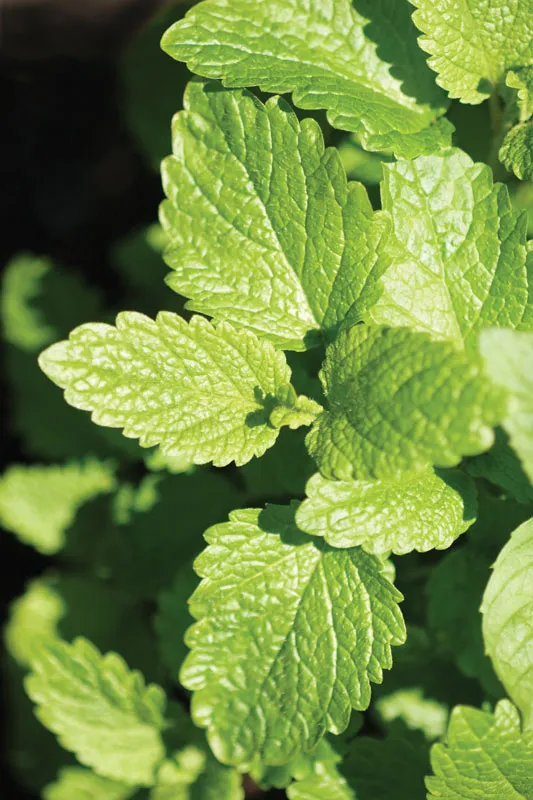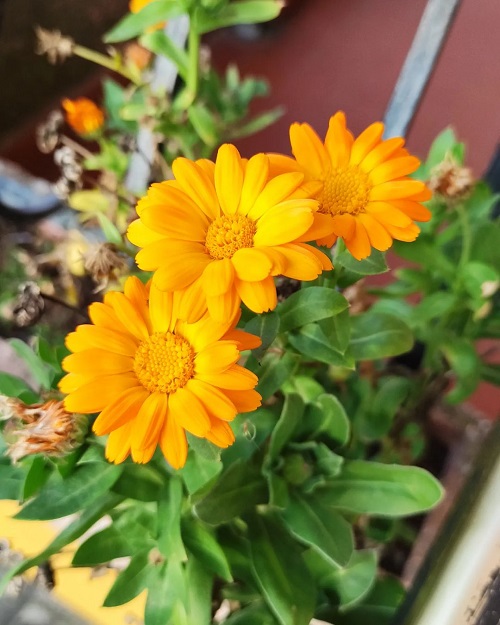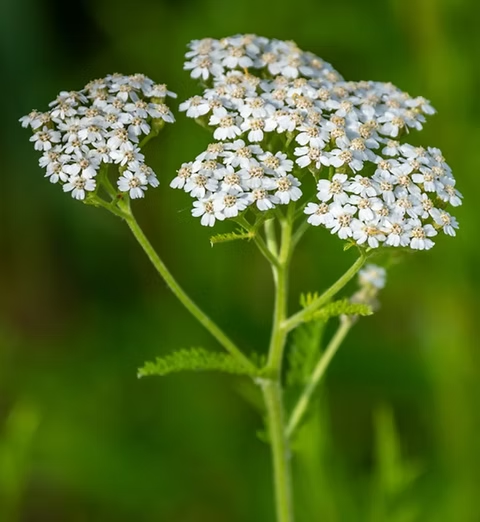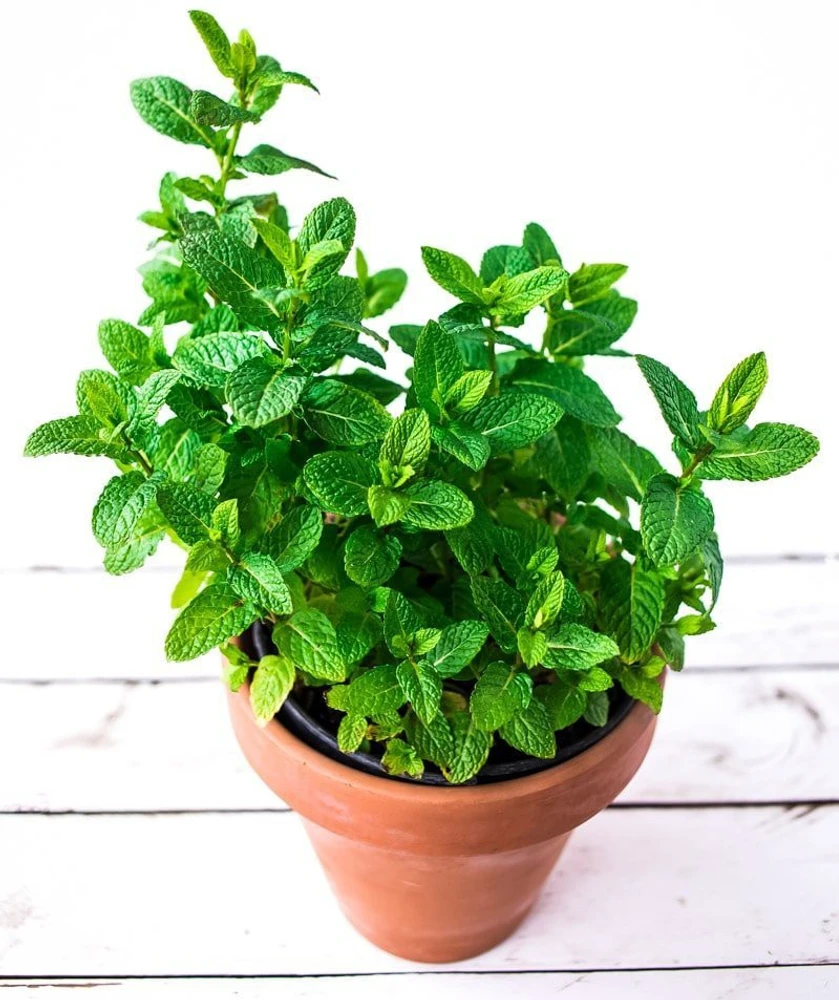Imagine stepping outside your door and harvesting fresh, natural remedies straight from your garden. Growing medicinal herbs is a time-honored tradition that adds beauty, fragrance, and healing potential to your outdoor space. Not only do these plants offer health benefits, but many also attract pollinators and enhance your garden’s character. Whether you’re an herbal enthusiast or a beginner gardener, these ten unique medicinal herbs will elevate your landscape while providing practical, natural wellness solutions.
1. Echinacea (Echinacea purpurea)

Echinacea, also known as Purple Coneflower, is a striking perennial with daisy-like purple petals and a prominent cone-shaped center. Traditionally used to boost the immune system, it’s often made into teas or tinctures to help combat colds and respiratory infections. Besides its medicinal value, Echinacea is drought-tolerant and a favorite among pollinators like bees and butterflies. Plant it in sunny, well-drained spots, and enjoy its beautiful summer blooms alongside its immune-supporting benefits.
2. Lemon Balm (Melissa officinalis)

Lemon Balm is a lush, aromatic herb with a gentle lemon scent known for its calming and mood-lifting properties. Historically used to relieve anxiety, stress, and insomnia, it’s commonly brewed into soothing teas or infused into oils. Its bright green leaves attract pollinators and deter garden pests, making it a useful companion plant. Easy to grow in both full sun and partial shade, Lemon Balm spreads readily, so it’s ideal for containers or dedicated herb beds.
3. Calendula (Calendula officinalis)

Calendula, also called Pot Marigold, is a cheerful flowering herb known for its skin-healing properties. The bright orange and yellow blooms have anti-inflammatory, antifungal, and antibacterial qualities, often infused into salves, creams, or teas. Besides being medicinal, Calendula adds vivid color to gardens and attracts pollinators. It thrives in full sun and well-drained soil, blooming prolifically from early summer to fall. Deadheading encourages even more flowers, ensuring a continuous harvest of these vibrant, healthful petals.
4. Holy Basil (Ocimum sanctum / Tulsi)

Holy Basil, or Tulsi, is revered in Ayurvedic medicine for its adaptogenic and immune-supportive properties. With a spicy, clove-like aroma, it’s used to help combat stress, improve digestion, and promote overall well-being. The plant produces delicate purple or white flowers that attract bees and beneficial insects. Holy Basil prefers full sun and well-drained soil, thriving in warm conditions. Regular harvesting encourages bushy growth, and its leaves can be brewed into a refreshing, medicinal tea.
5. Chamomile (Matricaria chamomilla / Chamaemelum nobile)

Famous for its gentle, calming tea, Chamomile is a classic medicinal herb with anti-inflammatory and digestive benefits. Its small, daisy-like white flowers with golden centers bloom throughout the summer and release a sweet, apple-like scent. Chamomile tea is traditionally used for insomnia, anxiety, and indigestion. Easy to grow in sunny spots with well-drained soil, Chamomile also works as a companion plant, repelling garden pests and attracting helpful pollinators. Fresh or dried flowers can be harvested for teas and herbal baths.
6. Yarrow (Achillea millefolium)

Yarrow is a hardy, drought-tolerant herb with feathery foliage and flat-topped clusters of tiny white, yellow, or pink flowers. Traditionally used to stop bleeding, reduce fevers, and relieve inflammation, Yarrow is a valuable medicinal plant for both topical and internal remedies. Its long blooming season benefits pollinators, while its resilient nature makes it perfect for low-maintenance gardens. Yarrow thrives in sunny, well-drained spots and pairs beautifully with other wildflowers in naturalized or cottage-style plantings.
7. Peppermint (Mentha × piperita)

Peppermint is a vigorous perennial herb known for its cooling, menthol-rich aroma and flavor. Medicinally, it’s used to ease digestive issues, headaches, and sinus congestion. Peppermint tea is a household remedy for stomach discomfort and nausea. The plant spreads quickly, making it ideal for container gardening or confined beds. Its purple flower spikes attract bees and butterflies, while its fragrant leaves deter certain pests. Thriving in moist, rich soil with partial to full sun, Peppermint is as practical as it is refreshing.
8. Feverfew (Tanacetum parthenium)
Feverfew is a charming medicinal herb with clusters of small, daisy-like flowers and a slightly bitter aroma. Traditionally used to prevent migraines, reduce inflammation, and lower fevers, its leaves can be brewed into teas or taken as capsules. Feverfew is a hardy perennial that flourishes in sunny, well-drained spots and blooms from early summer through fall. Its bright flowers attract pollinators while adding a delicate touch to herb gardens and flower borders.
9. Comfrey (Symphytum officinale)
Comfrey is a fast-growing herb with large, rough leaves and bell-shaped purple flowers. Rich in allantoin, it promotes cell regeneration and is often used externally in salves and poultices for wounds, bruises, and muscle strains. While its internal use is discouraged, its topical benefits are well-documented. Comfrey thrives in moist, fertile soil and full to partial sun. Its deep roots improve soil structure, and the nutrient-rich leaves make excellent natural fertilizer or mulch for other plants.
10. Valerian (Valeriana officinalis)
Valerian is a tall, graceful perennial prized for its sedative properties. Its small, fragrant white or pink flowers bloom in mid to late summer, attracting bees and butterflies. The roots are traditionally harvested and dried for teas or tinctures to help with insomnia, anxiety, and nervous tension. Valerian prefers full sun to partial shade and moist, well-drained soil. Its soothing scent and airy blooms make it a lovely addition to herbal borders or wellness gardens focused on relaxation.





Leave A Comment